In Power BI, effectively ranking data is crucial for insightful analysis. Two primary DAX functions facilitate this: TOPN and RANKX. While both serve to rank data, they operate differently and are suited for distinct scenarios.
Continue reading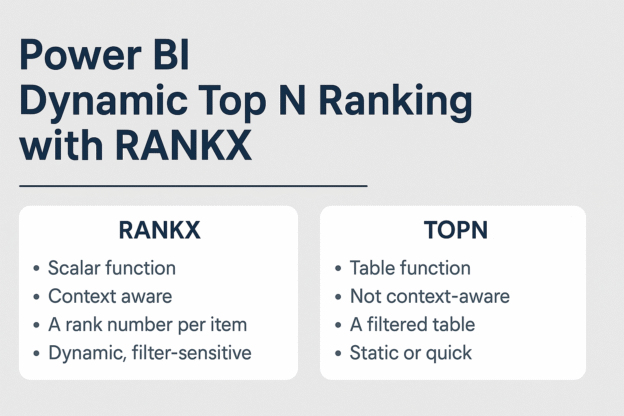


In Power BI, effectively ranking data is crucial for insightful analysis. Two primary DAX functions facilitate this: TOPN and RANKX. While both serve to rank data, they operate differently and are suited for distinct scenarios.
Continue reading
As data grows larger and more complex, optimizing for performance and scalability becomes essential. Partitioning is one of the most powerful strategies for managing big datasets efficiently. If you’ve come across a column like p_date in an SQL query, it often signals the use of table partitioning. But what does that mean, and how is it different from traditional databases?
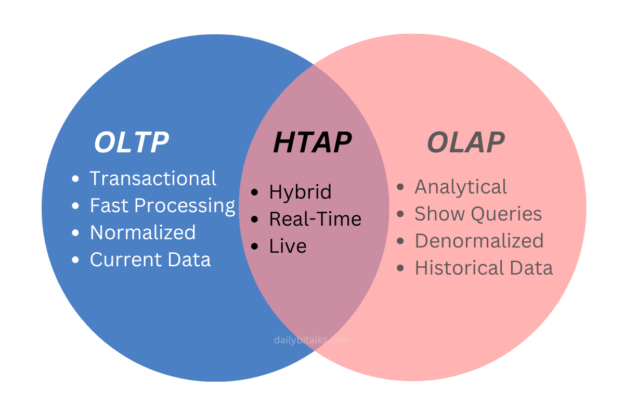
Data processing systems have come a long way, transforming to meet the ever-growing needs of modern businesses. In this blog, we’ll dive into three major systems that have shaped the landscape: OLTP (Online Transaction Processing), OLAP (Online Analytical Processing), and the cutting-edge HTAP (Hybrid Transaction/Analytical Processing).
Continue reading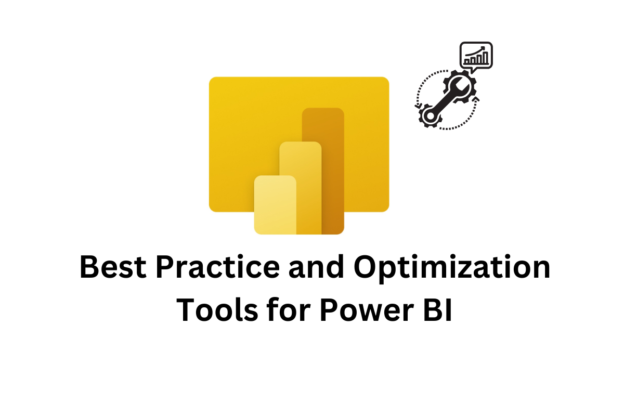
Power BI is one of the most powerful business intelligence tools available, enabling organizations to visualize, analyze, and share insights efficiently. However, as your datasets grow and your reports become more complex, performance can degrade, leading to slow report loading times and a frustrating user experience. To ensure your Power BI reports are fast, responsive, and user-friendly, it’s essential to follow optimization best practices and leverage the right tools. In this article, we’ll explore the best strategies and tools for optimizing Power BI reports.
Continue reading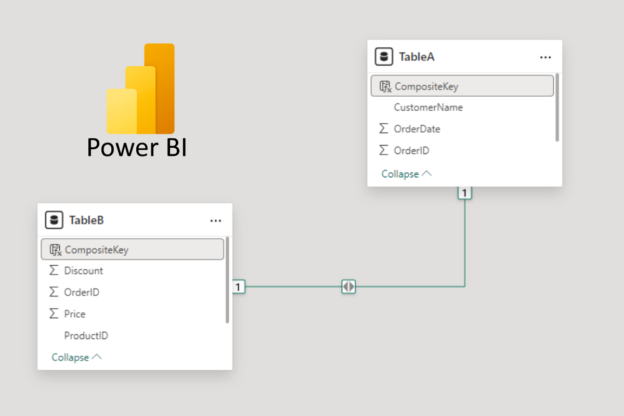
Joining tables in Power BI is a common task when working with data models, especially when your tables don’t have a straightforward one-to-one relationship. Sometimes, you may need to combine two tables using multiple columns as the linking fields. This is where creating a composite key comes in handy.
Continue reading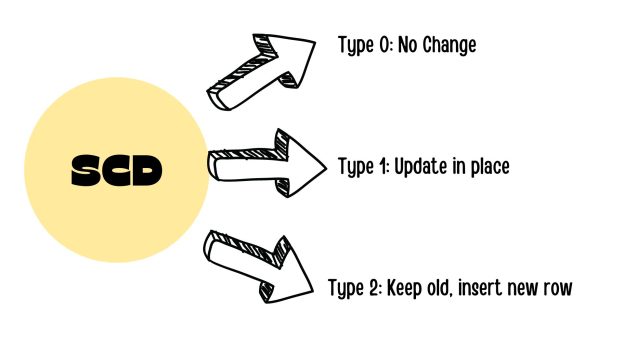
Data warehousing and business intelligence are crucial for modern enterprises, enabling them to make informed decisions based on historical data. One key aspect of data warehousing is handling changing data over time, especially when tracking historical changes in dimensions. This is where Slowly Changing Dimensions (SCD) come into play. In this blog post, we’ll delve into what SCDs are, the different types of SCDs, and how to implement them effectively.
Continue reading
Regular Expressions, or Regex, are not unique to the Business Intelligence (BI) world, but they are something I frequently encounter and often find puzzling. I wish I had a handy cheat sheet whenever I need to use Regex in my formulas, but I can never find a concise and helpful one through Google searches. So, I decided to create one for people like me who don’t necessarily struggle with Regex but are often annoyed by its complexity.
Continue reading
Power BI is consistently expanding its footprint in the enterprise environment. One lesser-known but highly valuable feature is the capacity to certify datasets, which enables organizations to signal to end users that certain datasets are more reliable. We are going to explore this valuable yet often overlooked feature, and to discuss the difference of promoted and certified dataset and use cases of when to use which.

A lot new terms come out Microsoft Fabric went GA, one of them is direct lake. When you hear that for the first time, you may have the same response as me :”ain’t that the same thing as direct query” well, no, not really.
Continue reading